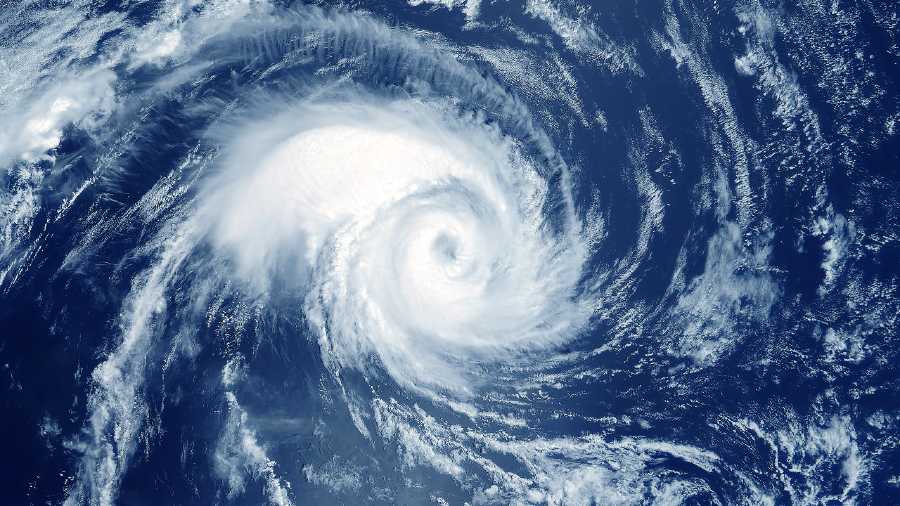Tropical cyclones could become fiercer and more frequent under current climate change, according to a new study released on Wednesday that has also identified the Bay of Bengal as an exception where cyclone counts are projected to decrease.
Scientists who combined historical cyclone data with computer simulations of the climate said their analysis predicts that global cyclone counts could double by 2050 from the current 80-100 annually, while cyclone wind speeds could increase by 20 per cent.
Their simulations predict that the fraction of intense tropical cyclones with wind speeds exceeding 180kmph accounted for 27 per cent of total cyclones between 1980 and 2017 but would increase to 40 per cent of the total under climate change.
Their study, published in the peer-reviewed research journal Scientific Advances on Wednesday, has projected that the frequency of intense tropical cyclones will increase over the Arabian Sea and decrease over the Bay of Bengal.
“A possible explanation for this is a shift in the cyclone formation regions towards the Indian and Sri Lankan land masses,” said Nadia Bloemendaal, a climate scientist at the Vrije University, Amsterdam, the Netherlands who led the study.
“This shift towards the landmass increases the chances of a tropical cyclone making landfall before intensifying further,” Bloemendaal told The Telegraph.
Denied moisture from the oceans once they move over a landmass, cyclones weaken.
The simulations indicate that many of the most-at-risk locations will be in low-income countries, including countries such as Cambodia, Laos, Mozambique where tropical cyclones are currently relatively rare.
Asia will face the largest increase in the number of people exposed to tropical cyclones with millions of additional people exposed to potential risk of cyclones in China, Japan, South Korea and Vietnam, the study found.
The frequency of the most intense cyclones — category 3 or higher with wind speeds exceeding 180kmph — will double globally under current global warming trends, while weaker cyclones and tropical storms will become less common in most of the world’s regions.
Scientists at the Indian Institute of Tropical Meteorology, Pune, had noted a 52 per cent increase in the frequency of cyclonic storms over the Arabian Sea between 2001 and 2019 and an 8 per cent decrease over the Bay of Bengal.
Ivan Haigh, an associate professor at the University of Southampton in the UK and co-author of the new study, said the new at-risk regions identified through the new simulations would aid in mapping changing flood risk.
Historical records from the Indian Meteorological Department suggest that five to six tropical cyclones have emerged over the Bay of Bengal every year, most of them during the post-monsoon season in October and November and a few in May. A study covering the past three decades, however, put the number at three cyclones per year.
A study by scientists in the US last December had found that the frequency of hurricanes in the north Atlantic ocean has increased over the past 150 years. The Intergovernmental Panel on Climate Change, a UN body of scientific experts, had also cautioned about emerging evidence for an increase in the annual global proportion of intense tropical cyclones.











